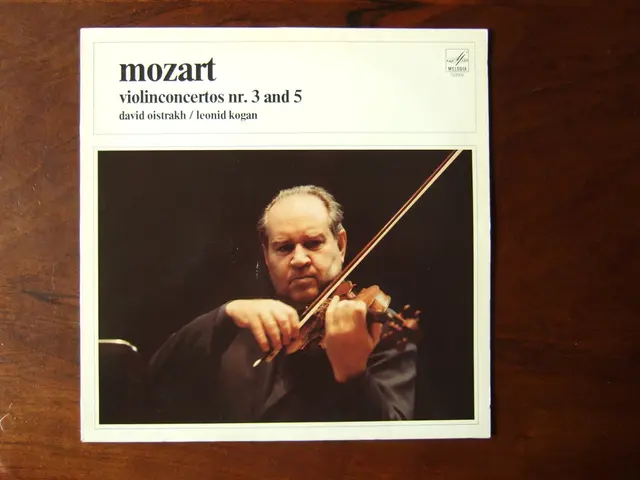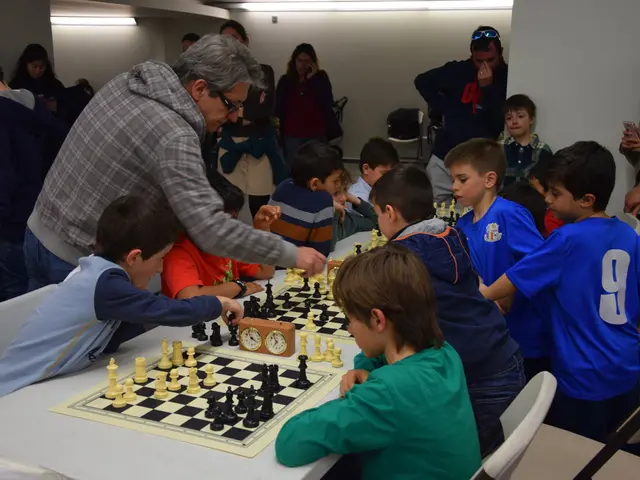The Vacant Stares of the Youth: An Examination of the "Gen Z Luminary"
A new social media-coined term, the "Gen Z Stare", has been making waves, describing a vacant or passive-aggressive stare that many Generation Z individuals give instead of a verbal response, particularly in situations where small talk or a polite reply is expected. This expression is commonly seen in classrooms, workplaces, customer service interactions, and social settings.
Origins and Basis
The term gained traction on platforms like TikTok and other social media around mid-2025, where it was widely discussed as a characteristic behaviour of Gen Z. Some social media users and commentators suggest that the stare arises because many Gen Zers find small talk and traditional social courtesies difficult or unimportant, leading to a blank or silent facial expression rather than engaging in expected social niceties.
Generational Trait or Self-Presentation Strategy?
It is not fully agreed upon whether the stare is an inherent generational trait or a conscious self-presentation strategy. However, evidence points to a combination of both. Some see it as a generational trait shaped by cultural and technological influences, such as digital communication norms favoring minimal emotional display and increased social anxiety or fatigue around traditional social rituals. Others interpret it more as a deliberate self-presentation or communication style, a way Gen Z expresses a "complete lack of f***s" or disinterest, signaling boundaries or resistance to conventional expectations.
Implications and Interpretations
The phenomenon highlights ongoing intergenerational communication gaps and evolving norms around social interaction and workplace behaviour. It is both a cultural trait influenced by changes in communication and a strategy by individuals to express disengagement or emotional neutrality.
Today, anyone's facial expression can be photographed in public, uploaded to social media, and go viral, according to Paganini. Experts have stated that the "Gen Z Stare" is not scientifically proven, and there is great heterogeneity among young people from the same age group.
The "Gen Z Stare" is often attributed to interactions with older customers, particularly in service settings like cafes and restaurants. Sociologist Rohmann suggests that a friendly conversation can often clarify any misunderstandings or misperceptions, including those related to the "Gen Z Stare." Rüdiger Maas, a generations researcher and author, warns against immediately perceiving every peculiarity discovered on social media as a Gen Z phenomenon.
In conclusion, the Gen Z Stare is a fascinating phenomenon that challenges traditional social norms and highlights the evolving nature of communication and self-presentation among young people today. It serves as a reminder to approach social interactions with an open mind and to consider the various factors that shape our behaviours and expressions.
The "Gen Z Stare" is a characteristic behavior of Gen Z often discussed on social media platforms like TikTok, found in situations where small talk or polite replies are expected. This passive-aggressive facial expression may stem from Gen Z's perceived difficulty with small talk and traditional social courtesies (entertainment news). As sociologists debate whether it's an inherent generational trait or a self-presentation strategy, evidence suggests a combination of both influences, including digital communication norms and individual expression (pop culture).








